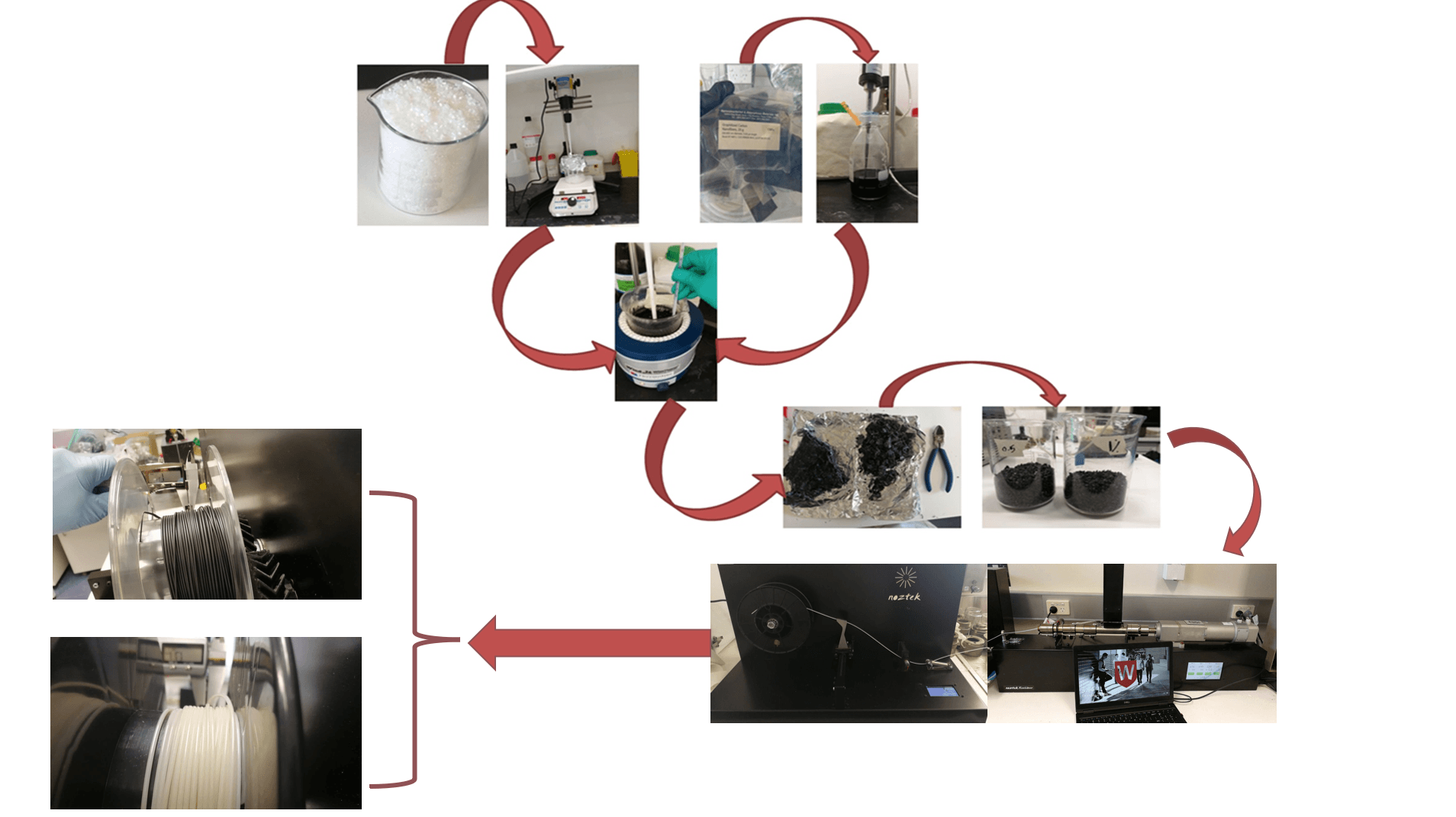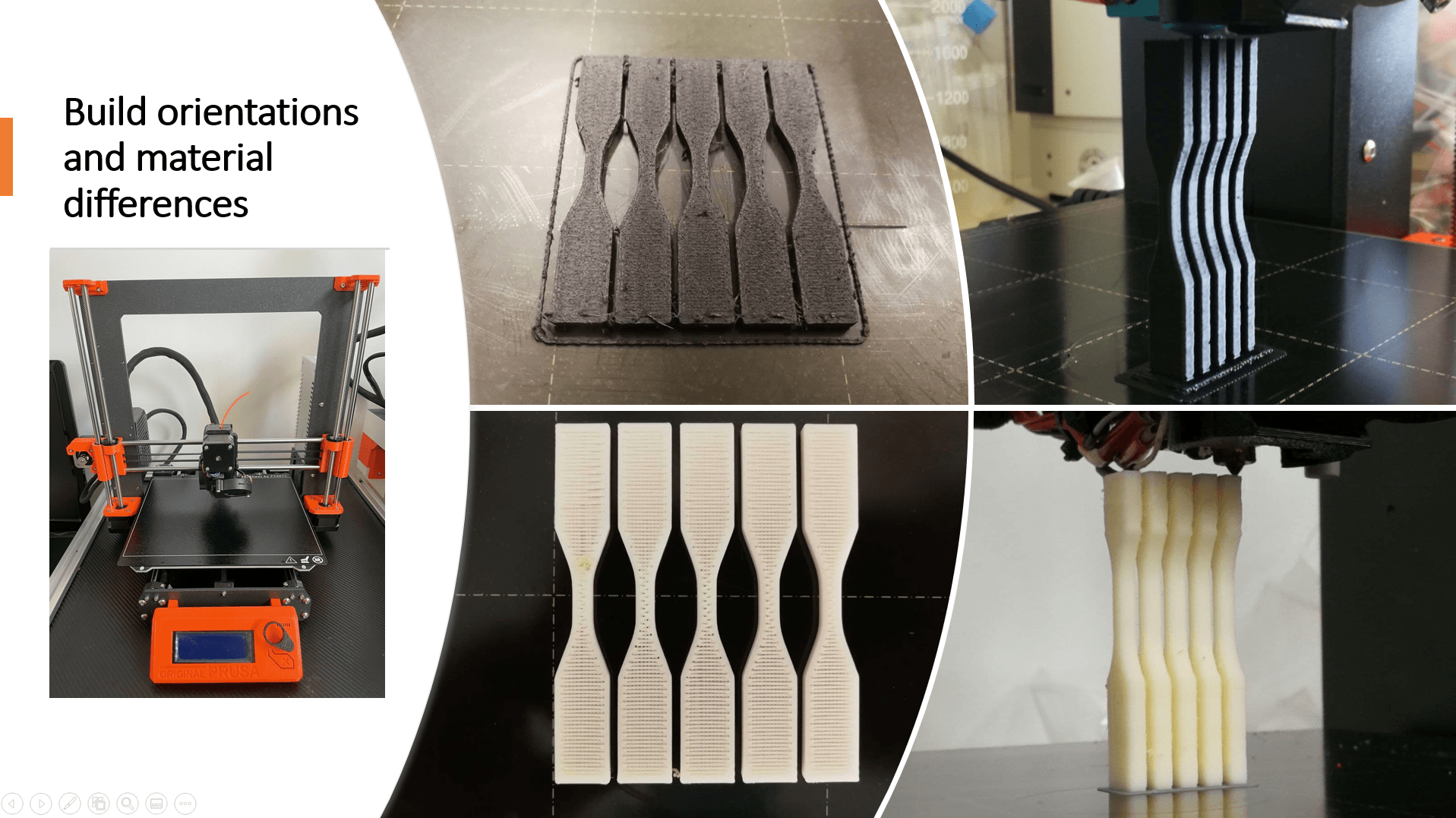Nima Zohdi
Nima is a PhD candidate studying the anisotropy of properties in 3D printed polymers and polymer nanocomposites. He has bachelor and master degrees in material science engineering and a professional background in developing new materials, characterisation techniques and computational modelling.
Additive manufacturing (AM) is a sustainable and innovative manufacturing technology to fabricate products with specific properties. Fused Deposition Modelling (FDM) as one of the AM methods, is capable of addressing the consumers needs by fabricating lightweight products with complex geometries and high strength properties. This sustainable layer-by-layer manufacturing process is in contrast with the traditional material removal technology—subtractive manufacturing (SM).
Although this method of material production is capable of accurately producing complex shapes, generates less waste and is more energy-efficient compared to the SM production method, there are still challenges that created barriers for their further applications in engineering fields. For example, materials properties including mechanical, electrical, and thermal properties of the products are greatly affected by using different ways of production and it was found as the material anisotropy phenomenon. The word anisotropy refers to the low layer adhesion and delamination of the deposited layers when the part is under loading. Moreover, the air voids that form between the layers and continue throughout the sample can act as the potential pathways for the cracks to propagate.
This PhD study was aimed to investigate the influential parameters on the creation of anisotropy phenomena such as process parameters, polymer type parameters as well as nanoparticle inclusion on the thermal, electrical and mechanical (thermo-electro-mechanical) anisotropies. Two conventional polymers of acrylonitrile butadiene styrene (ABS) and high impact polystyrene (HIPS) were selected to investigate the influence of material selection on the degree of anisotropy. Nanoparticles such as multiwall carbon nanotubes, carbon nanofibres and graphene nanoplatelets were selected to investigate the effect of additive inclusion on the thermo-electro-mechanical anisotropy (TEMA) and all the samples were printed in two building orientations of longitudinal and transverse to find out the optimum conditions for investigating and mitigating the anisotropy phenomena in the produced parts.




